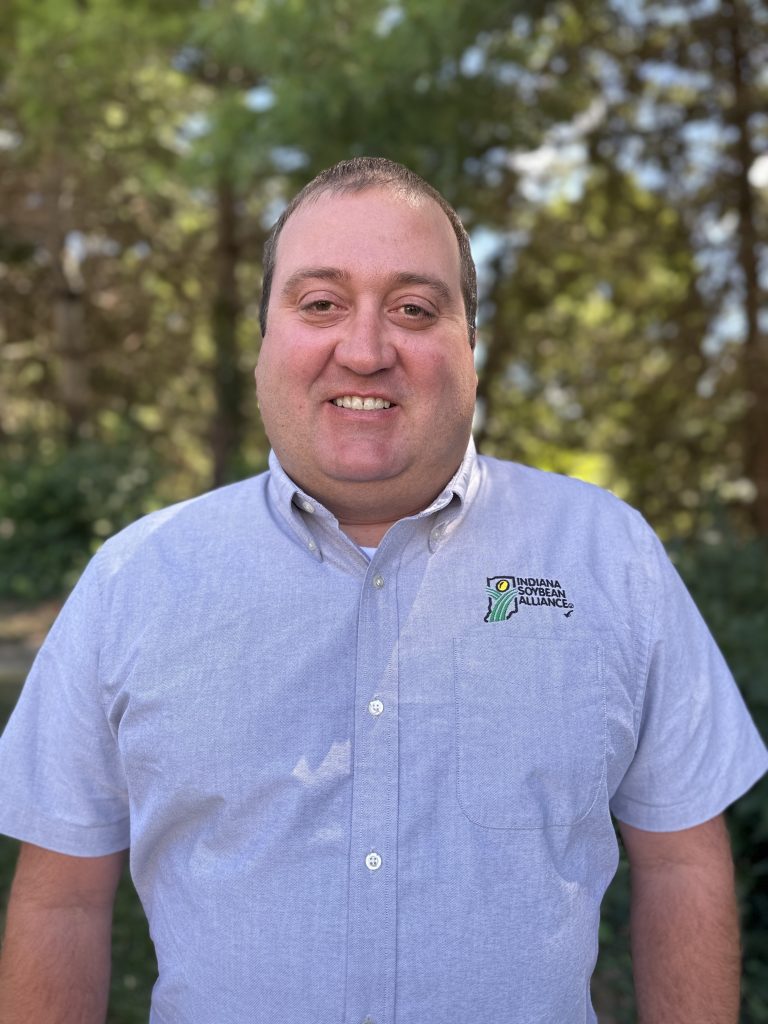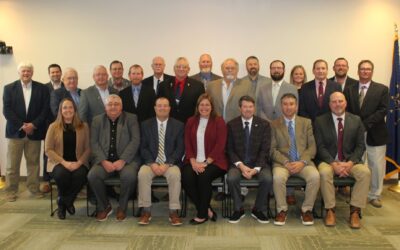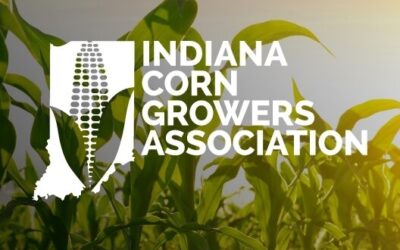EPA’s herbicide strategy threatens to take away vital tools for farmers
By Joe Stoller, M&P Chair
ISA Membership & Policy Committee
Many of us have felt the frustration of looking for an exact tool for an important job and not finding it. That frustration would be even greater if someone came along, took that tool away and never returned it. That’s the way I feel about the U.S. Environmental Protection Agency’s plans for farm herbicides.

As part of the Endangered Species Act, the EPA has proposed a strategy with general restrictions on farm herbicide use that would be imposed on all new or re-registered herbicide registrations moving forward. These rules would impose huge new regulatory burdens and fears on nearly every farm herbicide user. There are not sufficient options to comply with the proposal.
Herbicides are obviously important to many farms for protecting crops and grazing lands from costly and damaging weeds and maintaining important conservation practices. Without continued meaningful access to herbicides, many farms will not remain viable. We need to protect producers so consumers may have access to affordable and sustainable food, fuel, fiber and other goods.
Here are a few details from the EPA’s Endangered Species Act:
- Indiana has a range of 50-75 endangered species.
- Some Indiana counties as many as nine federally listed species.
- The mitigation measures proposed in the strategy are not workable for farmers.
Endangered Species Act was enacted as a federal law in 1973 to protect threatened and endangered species from extinction. Many federal agencies are charged with managing aspects of the Act – including EPA, the Fish and Wildlife Service and the National Marine Fishers Service. Since 1978, there have been at least eight major changes in how these agencies interpret the law.
After 30 years of slow-moving action, many farm advocates were caught off guard by recent, wider-scale and faster-moving proposals.
As chair of ISA’s Membership and Policy Committee, we understand EPA’s need to become compliant with its obligations under the Endangered Species Act. We also are supportive of efforts that allow the necessary use of pesticides by farmers.
However, this herbicide strategy is so lengthy and so complex that it would take at least five years to inform farmers and change practices. It is very important that these new EPA proposals allow for the meaningful coexistence of uses of pesticides by farmers that is practical and feasible.
EPA should analyze the economic impacts of the proposed strategy to farmers on a local, state and national level. The vagueness generated by this proposed policy should be addressed before widespread adoption. This strategy takes a hazard-based approach to herbicide application and does not consider product benefits, new technology and updated results.
The proposed run-off and erosion rules in this strategy may not be applied to all crop systems and potentially limits herbicide uses by crop. The EPA should understand that farmers need more flexibility in attaining points – based on the crop system, geography and other land use characteristics.
EPA should consider a simpler approach to allow farmers to partner in achieving its goals.
Issues like this are why our membership-led policy organizations are important to all Indiana soybean growers. Join us to help keep our farms profitable and free of unnecessary regulations. For information about membership, contact Khyla Goodman at kgoodman@indianasoybean.com.
Posted: May 18, 2024
Category: Indiana Corn and Soybean Post - May 2024, ISA, Membership and Policy, News




